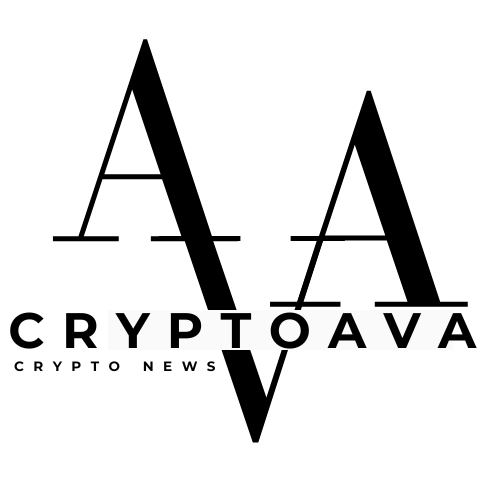USDC stablecoin issuer Circle has introduced plans to launch Arc, its personal enterprise-focused Layer 1 blockchain, in line with an Aug. 12 assertion.
In keeping with the agency:
“Arc goals to ascertain itself as foundational infrastructure for regulated cash motion, supporting a globally distributed monetary system.”
Circle stated Arc will combine absolutely with its current platform whereas sustaining interoperability with dozens of different accomplice blockchains.
Arc’s public testnet is scheduled for launch between September and December 2025.
Circle’s Arc
Arc will function a high-performance base for stablecoin funds, international trade (FX), and capital markets functions.
The community might be appropriate with the Ethereum Digital Machine and can use USDC as its default fuel token. It additionally introduces a built-in stablecoin FX engine, sub-second settlement finality, and elective privateness options.
In keeping with the blockchain community’s litepaper, Arc’s efficiency targets embrace 3,000 transactions per second (TPS) with beneath 350 milliseconds finality utilizing 20 validators. Notably, the community may attain 10,000 TPS and beneath 100 milliseconds of finality with 4 validators.
Arc may even combine confidential transfers, enabling hidden quantities with seen addresses, alongside selective disclosure by way of a “view key.”
In the meantime, its MEV mitigation roadmap contains encrypted mempools, batch processing, and multi-proposer setups.
Arc will help Circle’s USYC, an interest-bearing stablecoin backed by short-term US Treasury securities. It should additionally provide quick bridging by way of Circle’s CCTP and Gateway, a built-in forex buying and selling system for authorized establishments, and AI-powered treasury administration instruments.
Past stablecoins, Arc is designed to host regulated real-world belongings comparable to tokenized equities, bonds, personal credit score, and institutional-grade funds.
Circle plans to accomplice with licensed asset issuers, custodians, and fund directors to make sure these belongings are legally compliant, absolutely collateralized, and built-in with conventional monetary obligations.
Neighborhood pushback
Regardless of its formidable design, Arc has confronted pushback from crypto group members.
Columbia Enterprise College adjunct professor Omid Malekan argued that launching one other Layer 1 is pointless, particularly for stablecoins, which can wrestle with out various belongings or robust DeFi ecosystems.
Adam Cochran, accomplice at enterprise capital agency Cinneamhain Ventures, additionally criticized the characterization of Arc as a Layer 1 blockchain.
In keeping with him, the community is extra precisely a consortium chain operated by a set of pre-approved, personal validators. These validators, he famous, have the authority to reverse transactions by means of “dispute protocols.”
Furthermore, he additionally argued that utilizing USDC as the basis token removes the financial incentives wanted for validators to behave independently, making a decentralized Layer 1 mannequin unfeasible. In consequence, he stated, the design necessitates a closed, consortium-based construction.
Cochran concluded:
“Blockchains exist as a result of exploitative middlemen, like banks and switch brokers, take undue charges and apply undue censorship. This business was constructed to repair that in peer-to-peer programs, not by simply constructing new banks.”




